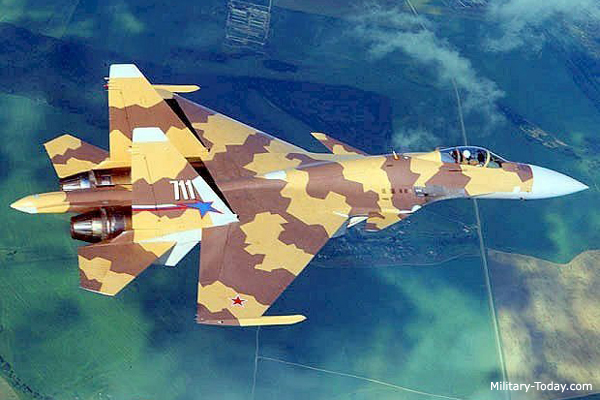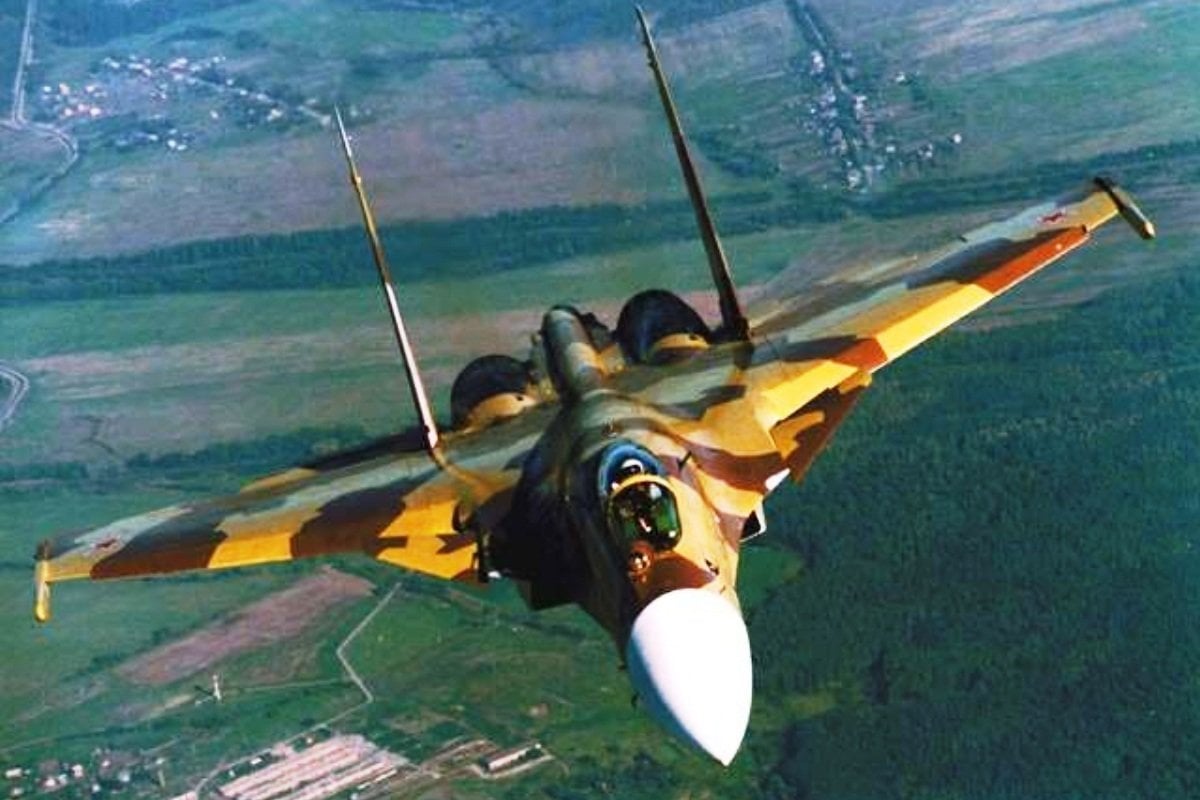The Sukhoi Su-37, known as the “Terminator,” is an experimental fighter aircraft developed by the Sukhoi Design Bureau in Russia. It’s an advanced variant of the Su-27 and serves as a technology demonstrator for thrust vectoring and advanced avionics.

Key Features:
- Thrust Vectoring:
- The Su-37’s most notable feature is its thrust-vectoring nozzles, which allow the aircraft to maneuver beyond the capabilities of conventional jet fighters. This provides exceptional agility and the ability to perform maneuvers such as the Pugachev’s Cobra, the Kulbit, and other post-stall maneuvers.
- Airframe and Design:
- The Su-37 retains the basic airframe of the Su-27 but incorporates numerous upgrades, including advanced materials and improved aerodynamics. These enhancements contribute to its superior performance in air combat.
- Avionics:
- The aircraft is equipped with an advanced radar system capable of tracking multiple targets simultaneously and guiding missiles to intercept them. The cockpit features modern avionics, including a glass cockpit with multifunction displays and a helmet-mounted sight.
- Weaponry:
- The Su-37 can carry a wide range of air-to-air and air-to-ground missiles, bombs, and rockets. Its primary armament includes the R-77 (AA-12 Adder) medium-range air-to-air missile and the R-73 (AA-11 Archer) short-range air-to-air missile. It also has an internal 30mm GSh-30-1 cannon for close combat.
- Engine:
- The Su-37 is powered by two Lyulka AL-37FU engines, each providing 32,000 pounds of thrust with afterburners. These engines are equipped with thrust-vectoring nozzles, which enhance the aircraft’s maneuverability and performance at high angles of attack.
- Operational History:
- Although the Su-37 never entered mass production, it played a crucial role in testing and validating technologies that have been incorporated into later Sukhoi fighters, such as the Su-35 and the fifth-generation Su-57.

Legacy:
The Su-37 demonstrated the potential of thrust-vectoring technology and advanced avionics, influencing the design and development of modern Russian fighters. Its legacy continues through the advanced capabilities seen in contemporary aircraft, ensuring that the principles it pioneered remain relevant in today’s air combat scenarios.






